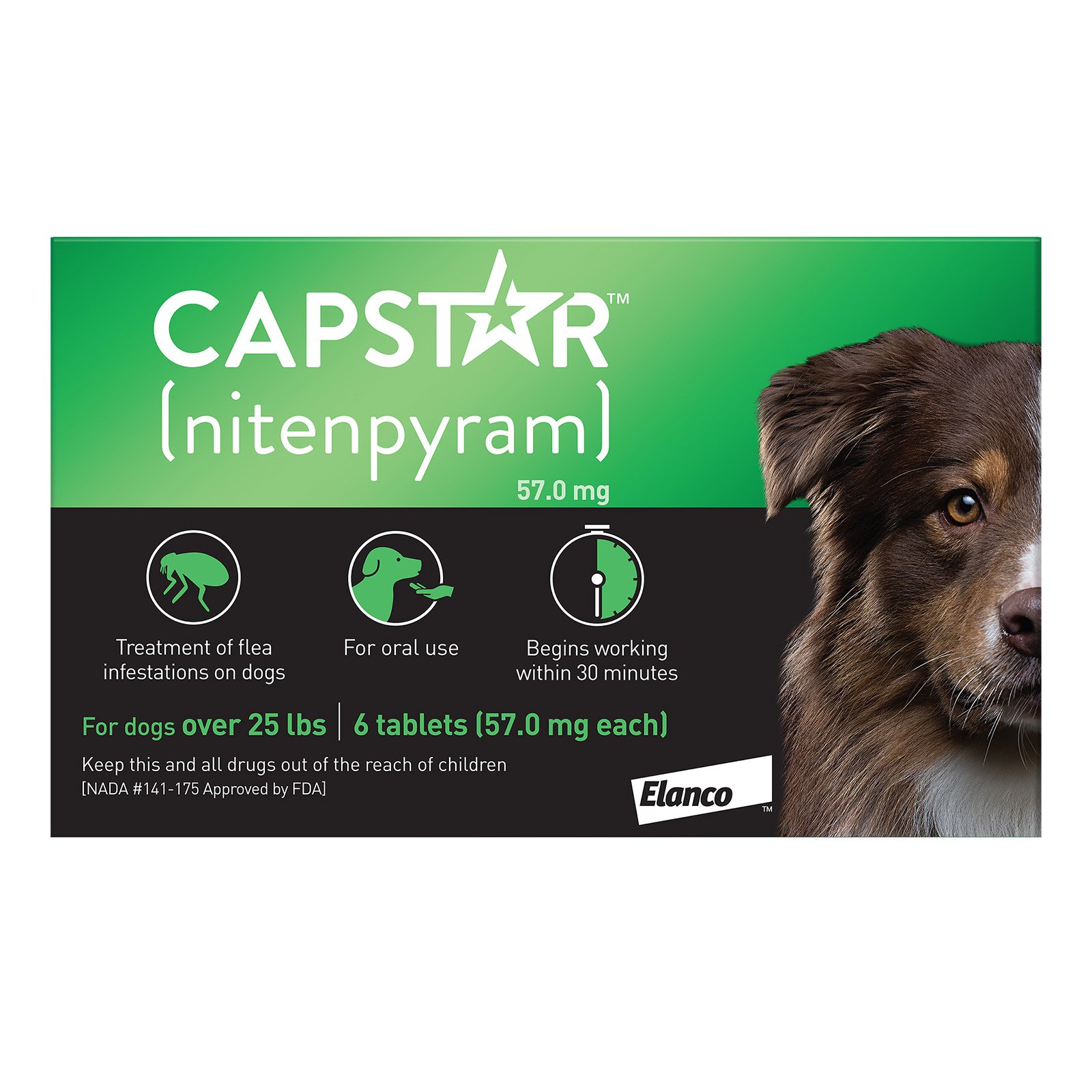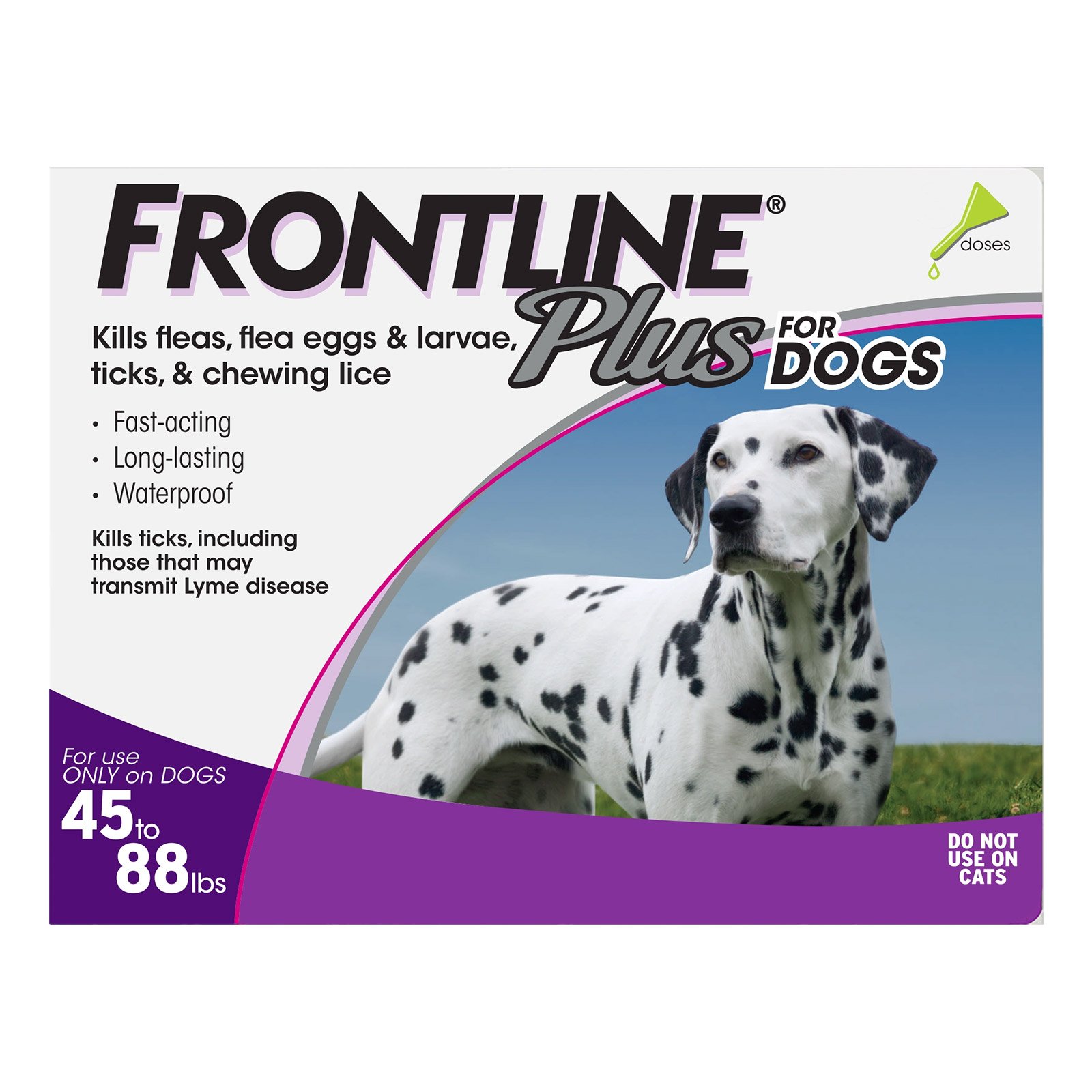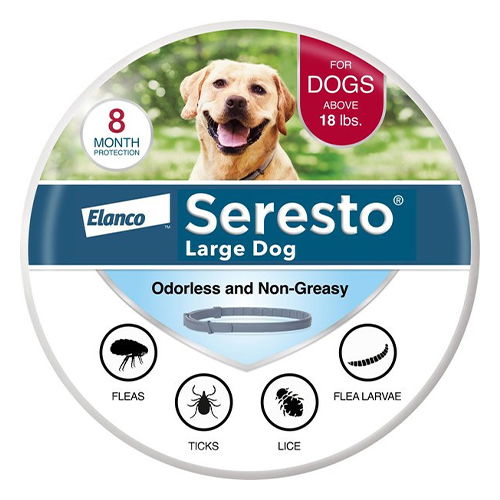Common Types of Fleas in the USA

Fleas may be tiny parasites, but their impact on your pet’s health can be enormous. From relentless itching to disease transmission, these bloodsucking pests are clearly more than just an annoyance. Therefore, it’s imperative that you are aware of the various types of fleas to protect your beloved furry companion.
In this informative blog, we’ll take a closer look at the most common flea species in the US. We’ll cover how you can identify them, spot the symptoms, and also explore the popular flea treatments. Furthermore, we’ll discuss practical preventive measures that will help keep your pet protected year-round.
Let’s dive into the world of fleas!
Prevalent Types of Fleas in the US:
In this segment, we’ll discuss the most common types of fleas found in the USA. Having this knowledge will help you identify the flea you pet may be infested with and take timely measures to provide your pet with the medical attention they need.
1. Cat Flea

Cat fleas, scientifically known as Ctenocephalides felis, are one of the most common flea species in the USA. These fleas are about 3 mm long and feature long legs that enable them to make big jumps. Originating in Africa, Cat fleas are prevalent globally and can cause discomfort and transmit diseases if not treated in a timely manner.
2. Dog Flea

Dog fleas (Ctenocephalides canis) are a common flea species that feed on the blood of dogs and cats and sometimes bite humans. These wingless fleas have hard bodies that are compressed laterally and feature hair and spikes, which allow them to walk through the hair. They also have long legs and closely resemble cat fleas.
3. Bird Flea

Originating from Europe, Bird fleas are another widespread flea species, also known as Ceratophyllus gallinae. These fleas are 2-3 mm long, wingless, and have a flattened body. Bird fleas are typically found in their host’s nest and breed rapidly during the nesting period when the hosts are available for regular blood meals.
4. Human Flea

Human fleas, scientifically known as Pulex irritans, are reddish-brown in color and are 2-3.5 mm long, with a laterally compressed body. This species is believed to have originated in South America and can infest a range of hosts, including pigs, dogs, and wild animals. Although wingless, Human fleas feature strong hind legs for jumping.
5. Sticktight Flea

Echidnophaga gallinacean, commonly called hen fleas or sticktight fleas, are known for firmly sticking to their hosts and are typically found around the head, neck, or ears. They range from 2 to 6 mm in length and have laterally flattened bodies, which allows for easy travel between the hair and feathers of their host.
6. Oriental Rat Flea

Oriental rat fleas, also called tropical rat fleas, rat fleas, or Xenopsylla cheopis, are known for transmitting diseases like plague. They are about 2.5 mm long, and, unlike cat and dog fleas, the oriental rat fleas don’t feature combs. Oriental Rat fleas usually prefer rodents as their host and may also bite humans in the absence of a primary host.
Brown Fleas vs. Black Fleas:
Typically, the different colors in fleas help determine the different species; however, sometimes this color difference gives away their feeding status. The logic is simple: if the flea appears dark or deep red, it means they are well fed. On the other hand, if they appear brown, they are unfed.
As soon as they digest the blood, they will return to their natural brown shade until the next blood feast. Now, the interesting part is that this darker shade and blood consumption do not really impact their habits and feeding cycles.
Common Symptoms of Flea Infestations:
These are the signs that will help you identify a flea infestation in pets.
- Excessive itching
- Scratching
- Licking and biting
- Hair loss
- Red skin and bumps
- Scabs
- Visible fleas
- Flea dirt
If you notice some or all of these symptoms in your pet, contact your vet and schedule an appointment at the earliest.
Also Read: How to Identify Flea Bites on Dogs?
Popular Flea Treatments:
These are some of the most preferred treatments for flea control that you can look into and ensure your pet’s protection.
Capstar

Capstar is a fast-acting oral flea treatment for dogs and cats. These tablets contain nitenpyram as the active ingredient that starts killing adult fleas within 30 minutes of administration and helps prevent flea infestations.
Frontline Plus

Frontline Plus is a potent topical treatment designed to protect dogs and cats against fleas and multiple tick species. This monthly treatment kills fleas, flea eggs, and flea larvae and effectively helps prevent flea infestations. Plus, Frontline Plus kills fleas that may transmit flea allergy dermatitis.
Seresto Collar

If you’re looking for long-term protection, the Seresto Collar can be a great option. This odorless and non-greasy collar is made with a unique polymer matrix technology that ensures a consistent flow of active ingredients and protects the pets for up to 8 months.
Measures to Prevent Flea Infestations:
Take the following preventive measures to safeguard your beloved pet from the dread of fleas:
- Maintain regular visits to the vet.
- Groom your pet regularly, and brush their hair.
- Avoid going to heavily wooded areas during walks.
- Wash their bedding, toys, etc., once a week with warm water.
- Administer vet-approved flea prevention treatment.
- Know the common symptoms of flea and tick infestations.
- Mow your lawn periodically to maintain the growth of grass.
- Keep the house clean by sweeping. Vacuum your sofas, mats, chairs, etc.
Parting Words
So, there you have it, the most common types of fleas in the US. Fleas are a relentless threat that poses a great threat to the health of your beloved pet. With the information covered in this blog, you can take timely measures and help your pet in their moment of distress.
In case of any confusion, it’s always best to consult your vet. They will recommend the most suitable course of action based on the condition and medical history of your pet.


